Coronavirus: Trump administration to closely monitor Australia’s winter virus experience
The Trump administration says it will be watching Australia as an indicator of whether the virus comes back strongly with colder weather.
The Trump administration says it will be watching Australia’s experience closely during the coming winter months as an indicator of whether coronavirus comes back strongly with colder weather.
Deborah Birx, the White House’s coronavirus taskforce coordinator says what happens to Australia and other Southern Hemisphere nations this winter will be a key guide as to whether the virus comes roaring back in the US in the northern hemisphere autumn later this year.
“Normally, northern hemisphere respiratory diseases move into the southern hemisphere during the summer because it’s their fall,” Dr Birx said.
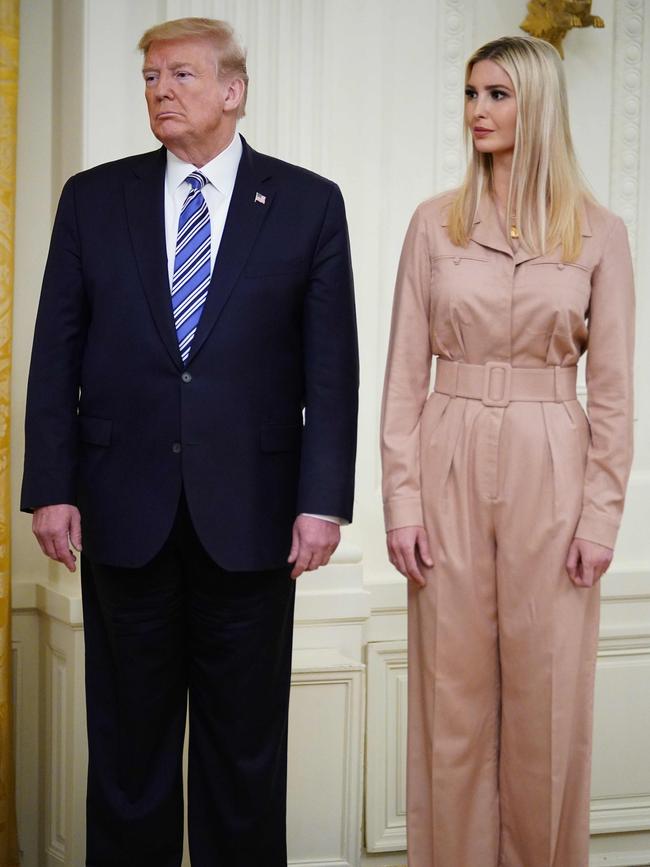
“It will be very interesting to watch Australia, New Zealand, southern Africa, and Chile and Argentina to see what happens with the virus in the summertime and what’s happening to the virus here,” she said. “So really, those two pieces together will really define how we do in the fall.”
Health experts in the US fear that the virus could return in a large second wave of infections later this year, fueled by colder weather as well as by more relaxed social distancing restrictions.
Viruses normally get worse in winter months but health experts are still unclear as to how it may affect the coronavirus which has spread rapidly through both hot and cold countries in recent months.
Australia and New Zealand’s success in combating the spread of the virus has been front page news in the US amid ongoing debate in the US about how fast restrictions should be eased in order to reopen the economy.
Meanwhile Mr Trump’s former opponent Hillary Clinton has attacked Mr Trump, saying he had failed to be a “real president’’ in the crisis.
In a live-streamed video chat with the presumptive Democratic presidential nominee Joe Biden, Ms Clinton said Mr Trump had failed to listen to intelligence warnings about the looming pandemic.
“The one thing I’d have done, Joe, which you know so well — I would have read my daily intelligence briefings that were sounding alarms since January, but, apparently, this president does not do it. We used to do,” Ms Clinton said.
“What a difference it would make right now if we had a president who not only listened to the science, put facts over fiction, but brought us together.”
I wish we had @JoeBiden's leadership in the Oval Office right now.
— Hillary Clinton (@HillaryClinton) April 28, 2020
Americans deserve a president who will manage the COVID-19 crisis with the compassion, competence, and respect for science we need to save lives and revive the economy.
Join us today: https://t.co/mxkpLIOEux pic.twitter.com/9TE9Lw9XBw
At least 13 states have begun to reopen their economy, although several of them, such as Georgia, have done so despite not having the sustained fall in new cases which was recommended as a precondition by the White House’s federal guidelines.
“Hopefully everyone does it according to the guidelines for ‘Opening Up America Again,’” the country’s top infectious diseases expert Anthony Fauci said.
Dr Fauci warned that premature action by states could lead to “a rebound to get us right back in the same boat that we were in a few weeks ago.”
He was speaking as the number of confirmed coronavirus cases in the US passed one million, with 57,812 deaths.
Meanwhile a key model used by the White House — forecasts by the University of Washington’s Institute for Health Metrics and Evaluation — has raised the total level of likely deaths in the US to 74,000 by early August. Several weeks ago the IHME predicted 60,000 US deaths by early August — a number which Mr Trump said was a vast improvement on initial predictions of between 100,000 and 220,000 deaths.
The IHME said the new higher forecast reflected “many states experiencing flatter and thus longer epidemic peaks,” as well as data showing that daily coronavirus deaths “are not falling very quickly after the peak, leading to longer tails for many states’ epidemic curves.”
“In combination — less abrupt peaks and slower declines in daily COVID-19 deaths following the peak — many places in the US could have higher cumulative deaths from the novel coronavirus,” the IHME said.
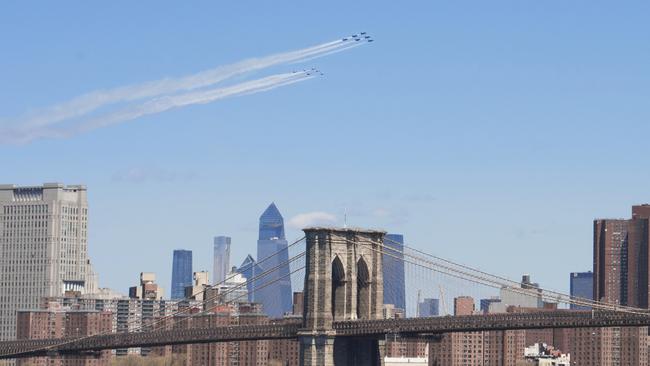
The overall US death rate is expected to be higher than the latest forecast because it does not take into account any deaths during the northern autumn and winter when experts fear there could be a second wave.
Mr Trump said the US would be in a position to handle any second wave of the virus later this year and that within months the country would have the ability to test five million people for the virus each day.
At the moment, only 200,000 people are being tested per day in the US, a number which experts say is not nearly enough to get a clear picture of the rate of infections at a time when states are starting to reopen their economies.
(Cameron Stewart is also US Contributor for Sky News Australia)


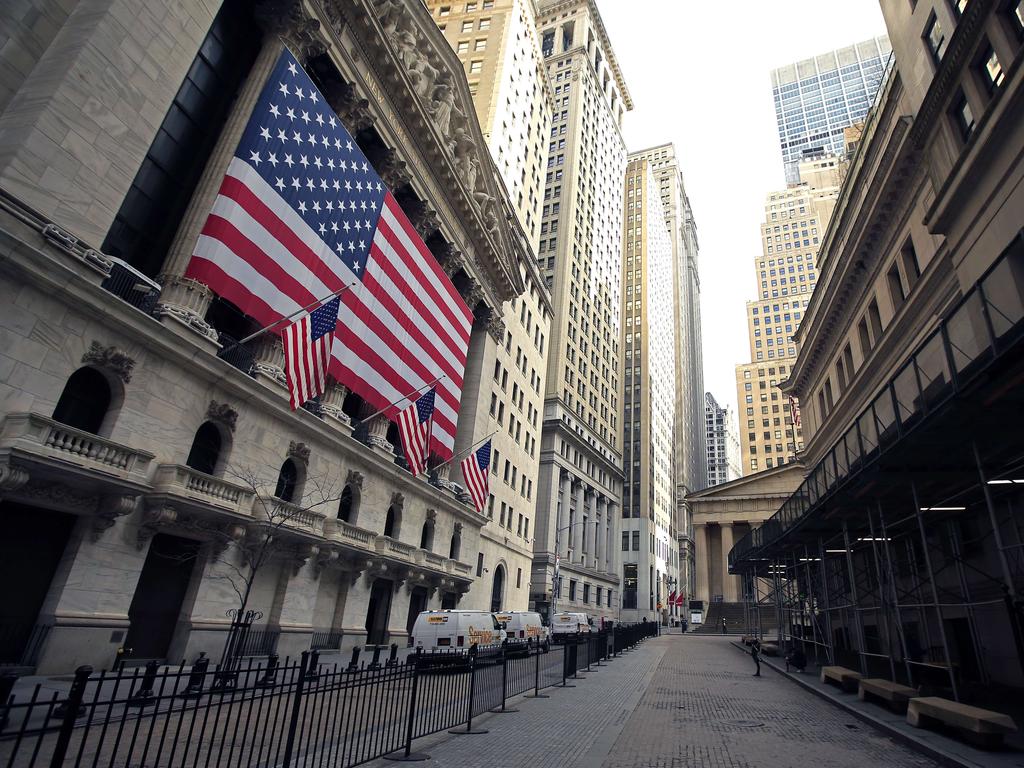

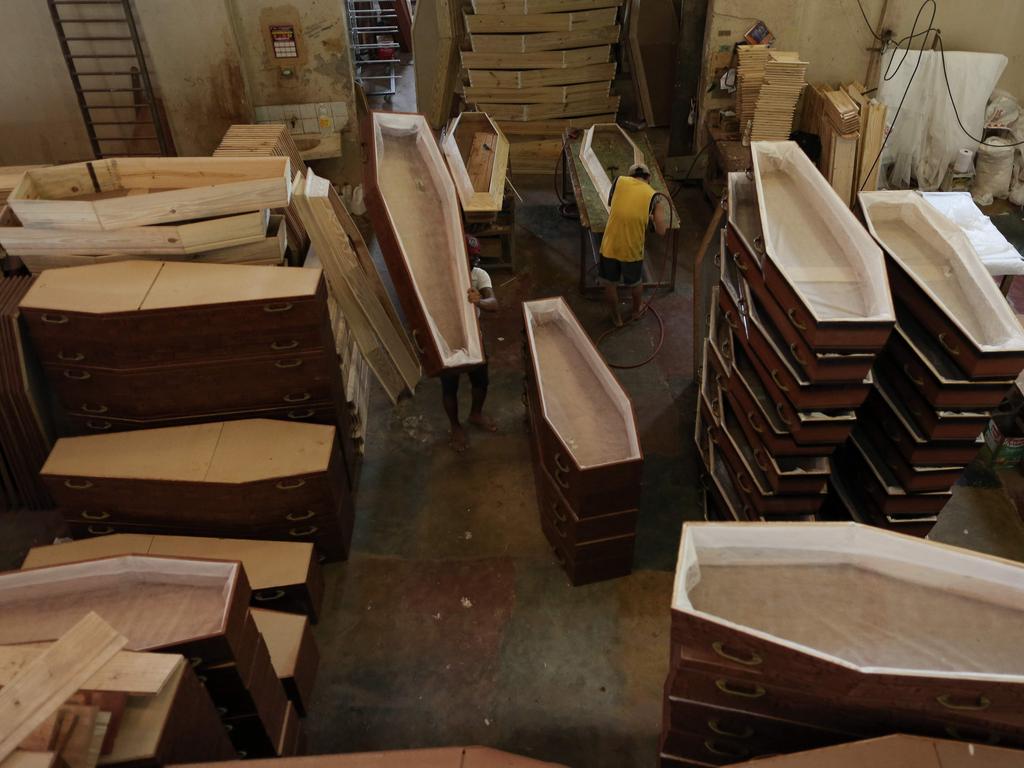
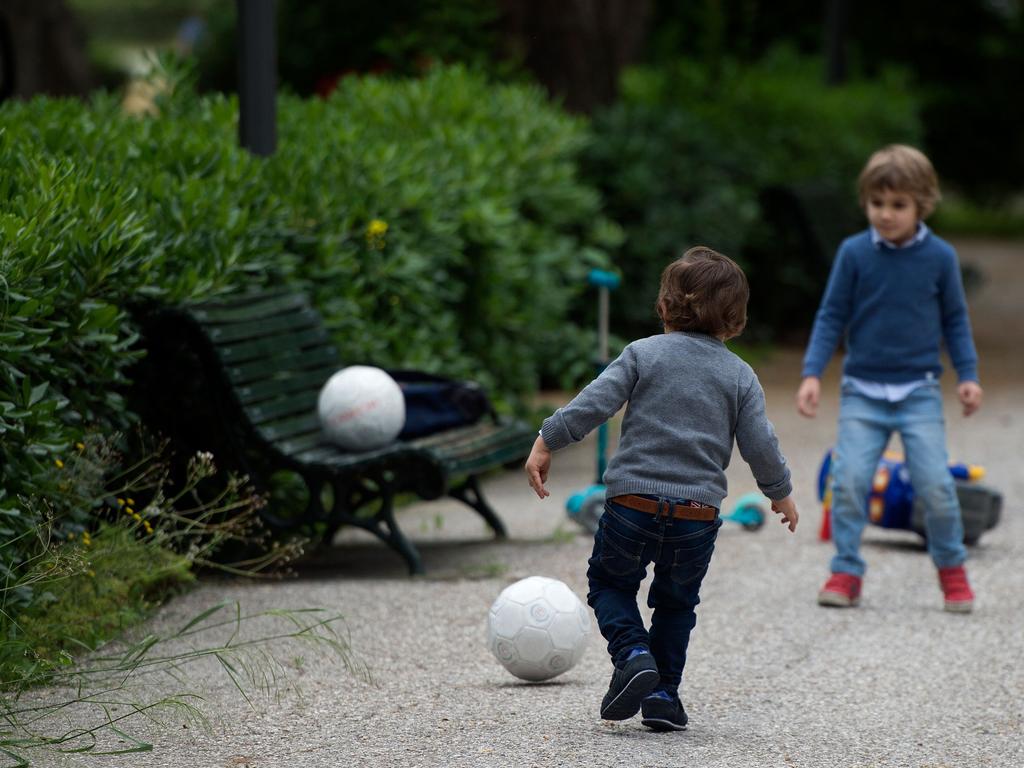


To join the conversation, please log in. Don't have an account? Register
Join the conversation, you are commenting as Logout